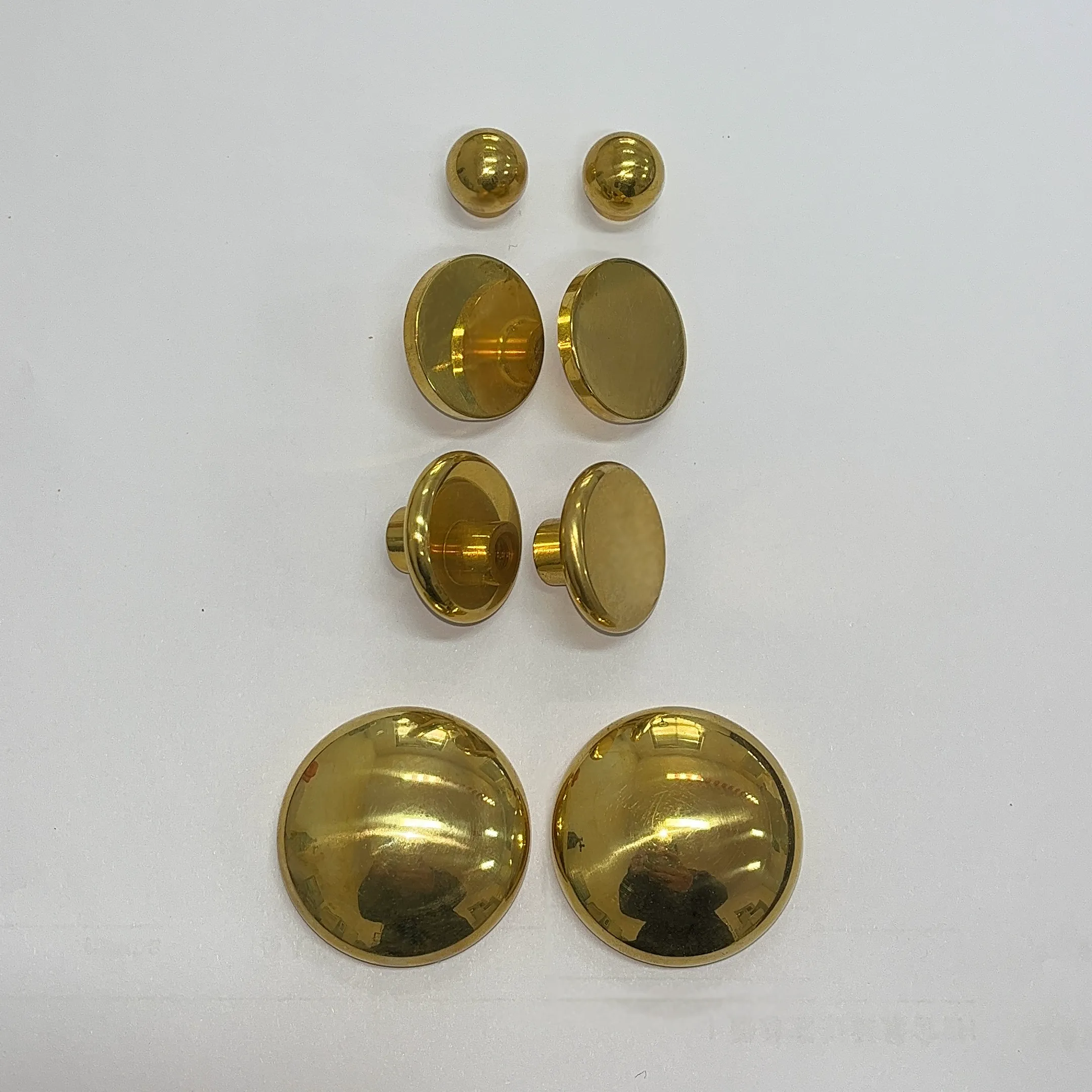 English
English


ct for metering
The Role of Current Transformers in Metering A Comprehensive Overview
Current transformers (CTs) play a crucial role in the field of electrical engineering, particularly in metering applications. These devices are instrumental in providing accurate measurements of electrical currents in high-voltage circuits. The prominent use of current transformers in metering can be attributed to their ability to safely and effectively reduce high current levels to manageable values that can be easily read by standard measurement equipment.
Understanding Current Transformers
A current transformer essentially consists of a primary winding, usually a single conductor through which the current to be measured flows, and a secondary winding that produces a reduced current proportional to the primary current. This transformation allows metering devices, such as ammeters and energy meters, to accurately gauge electrical consumption without being subjected to high voltage or current levels.
Safety and Practicality
Safety is a paramount concern in electrical applications, especially when dealing with high current levels. CTs enhance safety by providing isolation between high-voltage circuits and measuring instruments. This isolation minimizes the risk of electric shock and equipment damage. Additionally, the practicality of using CTs extends to their size and installation. These devices can be compact and easily integrated into existing electrical systems, making them ideal for busy and constrained environments, such as commercial buildings and industrial plants.
Accuracy in Metering
Accuracy in current measurement is essential for effective energy management. CTs are designed to have a high degree of accuracy, typically within a few percentage points under standard conditions. This accuracy is vital for businesses that rely on precise energy consumption data for billing, monitoring, and optimizing their energy usage. An accurate metering system not only ensures fair billing but also assists in identifying potential energy wastage and inefficiencies within an electrical system.
Types of Current Transformers
ct for metering

Current transformers come in various types, each suited for different applications. The most common types include
1. Wound Current Transformers These have a primary winding that is wound around the core, suitable for applications with lower currents.
2. Toroidal Current Transformers These feature a donut-shaped core and are often used in applications where the conductor can easily pass through the core. They are popular due to their compact size and ease of installation.
3. Split-Core Current Transformers These can be clamped around a conductor without interrupting the circuit, making them ideal for retrofitting in existing systems.
4. Hall Effect Current Sensors Although not traditional CTs, these devices utilize the Hall effect to measure current and are becoming increasingly popular for their ability to handle both AC and DC measurements.
Advancements in Technology
With the advancement of technology, the capabilities of current transformers have significantly improved. Modern CTs now come equipped with digital outputs and connectivity options, enabling real-time monitoring and integration with smart grid technologies. This development has revolutionized metering practices, allowing for remote data collection and better overall management of energy resources.
Conclusion
In summary, current transformers are indispensable components in the metering of electrical systems. Their ability to provide safe, accurate, and practical means of measuring high currents makes them vital for effective energy management across various sectors. As technology continues to advance, the applications and functionalities of current transformers will evolve, ensuring they remain at the forefront of electrical metering solutions.
-
Differences between open cup flash point tester and closed cup flash point testerNewsOct.31,2024
-
The Reliable Load Tap ChangerNewsOct.23,2024
-
The Essential Guide to Hipot TestersNewsOct.23,2024
-
The Digital Insulation TesterNewsOct.23,2024
-
The Best Earth Loop Impedance Tester for SaleNewsOct.23,2024
-
Tan Delta Tester--The Essential Tool for Electrical Insulation TestingNewsOct.23,2024





